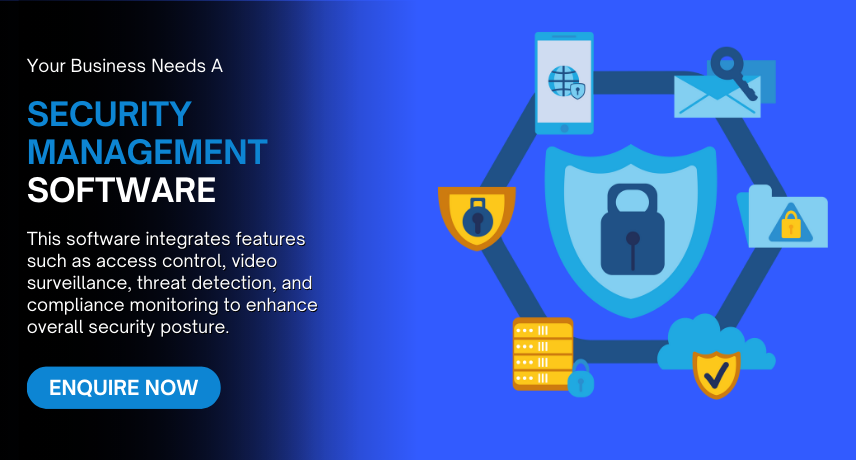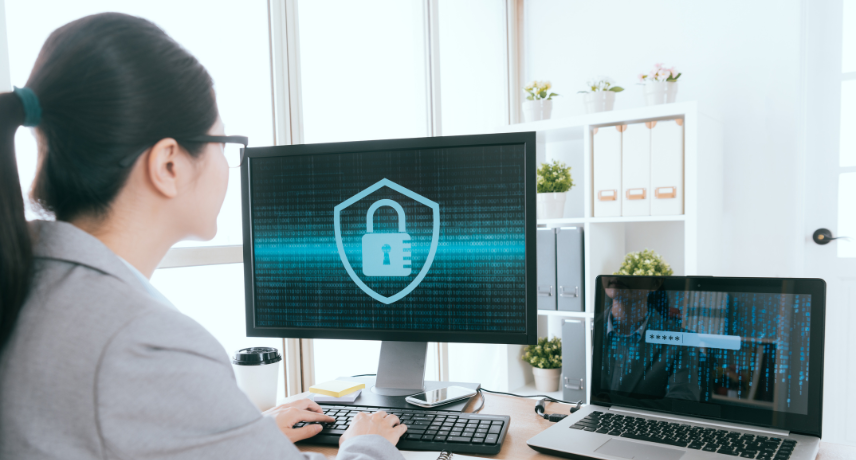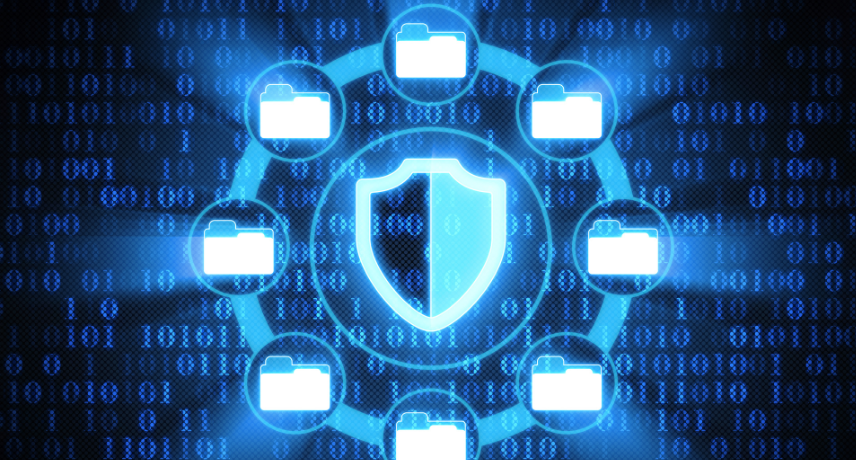Enquiry Form
What is Security Management Software?
Security Management Software is a comprehensive solution designed to protect organizations from physical and digital threats by streamlining and automating security operations. This software integrates features such as access control, video surveillance, threat detection, and compliance monitoring to enhance overall security posture. Widely used in industries like finance, healthcare, retail, and manufacturing, Security Management Software ensures that businesses can identify, manage, and mitigate risks effectively while maintaining regulatory compliance.
Best Features of Security Management Software
Here are 15 essential features of Security Management Software that make it indispensable:
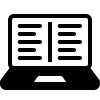
Access Control:
Manage and restrict entry to physical and digital resources based on roles and permissions.

Threat Detection:
Identify potential threats, such as malware or unauthorized access, in real-time.

Incident Response Management:
Automate workflows to address security incidents promptly and effectively.

Surveillance Integration:
Integrate with video surveillance systems for live monitoring and threat verification.

Alarm Management:
Trigger and manage alarms in response to identified security breaches.

Audit Trails:
Maintain detailed logs of security activities for analysis and compliance.
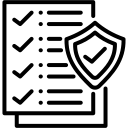
Compliance Monitoring:
Ensure adherence to industry-specific regulations like GDPR, HIPAA, and PCI DSS.

Endpoint Security Integration:
Protect endpoint devices through centralized monitoring and management.

Risk Assessment Tools:
Identify vulnerabilities and prioritize mitigation strategies.

Data Encryption:
Safeguard sensitive information with advanced encryption techniques.

User Behavior Analytics:
Monitor user activities to detect anomalies and prevent insider threats.

Mobile Device Support:
Manage and monitor security from mobile platforms.

Customizable Dashboards:
Gain real-time insights into security metrics with tailored dashboards.

Visitor Management:
Track and control access for visitors and temporary users.

Integration with Third-Party Tools:
Connect with existing systems like firewalls, SIEM, and intrusion detection tools.
Benefits of Security Management Software
Security Management Software delivers critical advantages for businesses:
- Comprehensive Security Coverage: Protects both physical and digital assets across the organization.
- Improved Threat Response: Enable faster and more effective responses to security incidents.
- Regulatory Compliance: Ensure alignment with legal and industry security standards.
- Enhanced Operational Efficiency: Automate security workflows to reduce manual intervention and errors.
- Centralized Management: Monitor and control all security activities from a single platform.
- Real-Time Insights: Provide actionable intelligence for proactive risk mitigation.
- Cost Efficiency: Reduce financial losses associated with security breaches and compliance penalties.
- Scalable Solutions: Adapt the software to evolving business and security needs.
Which Businesses Need Security Management Software?

Corporate offices rely on Security Management Software to ensure the safety of their premises and data.
- Access Control: Restrict access to sensitive areas within the office.
- Incident Response: Address security breaches with automated workflows.
- Data Protection: Safeguard sensitive corporate information with encryption.
- Visitor Management: Monitor and control visitor access to the premises.
- Real-Time Monitoring: Track security activities across office locations.
- Regulatory Compliance: Meet industry-specific security standards and regulations.

Healthcare providers use this software to secure patient data and physical facilities.
- HIPAA Compliance: Ensure secure handling of electronic health records (EHR).
- Access Control: Restrict entry to patient records and medical storage areas.
- Video Surveillance: Monitor healthcare facilities to enhance patient and staff safety.
- Incident Tracking: Log and respond to security breaches efficiently.
- Risk Assessment: Identify vulnerabilities in physical and data security systems.
- Audit Trails: Maintain logs for regulatory compliance and operational review.

Retail stores use this software to prevent theft and secure customer data.
- Video Surveillance: Monitor store activity to deter shoplifting and enhance security.
- Alarm Systems: Trigger alarms for unauthorized access or suspicious activities.
- POS Security: Secure point-of-sale systems from fraud and cyberattacks.
- Access Control: Limit access to inventory storage and cash handling areas.
- Compliance Monitoring: Ensure adherence to payment security standards like PCI DSS.
- Reporting Tools: Generate insights into security operations for better management.

Manufacturers use this software to protect production facilities and intellectual property.
- Perimeter Security: Monitor entry points and restrict access to sensitive areas.
- Data Protection: Secure proprietary designs and production data.
- Surveillance Systems: Track activities in production areas with video monitoring.
- Incident Logging: Document and address security breaches in real-time.
- Compliance Management: Meet safety and environmental security standards.
- Automation Workflows: Streamline responses to security threats.

Banks and financial organizations use this software to safeguard their assets and customers.
- Vault Security: Ensure secure access to vaults and safes.
- Fraud Detection: Identify and prevent fraudulent activities in real-time.
- Secure Data Transmission: Encrypt sensitive financial transactions.
- Incident Reporting: Track and log all security events for audits.
- Regulatory Compliance: Adhere to financial industry security standards like GDPR and PCI DSS.
- Integration with Financial Tools: Sync with existing systems for seamless operations.
How Security Management Software Works
Security Management Software employs an integrated approach to safeguard organizational assets:
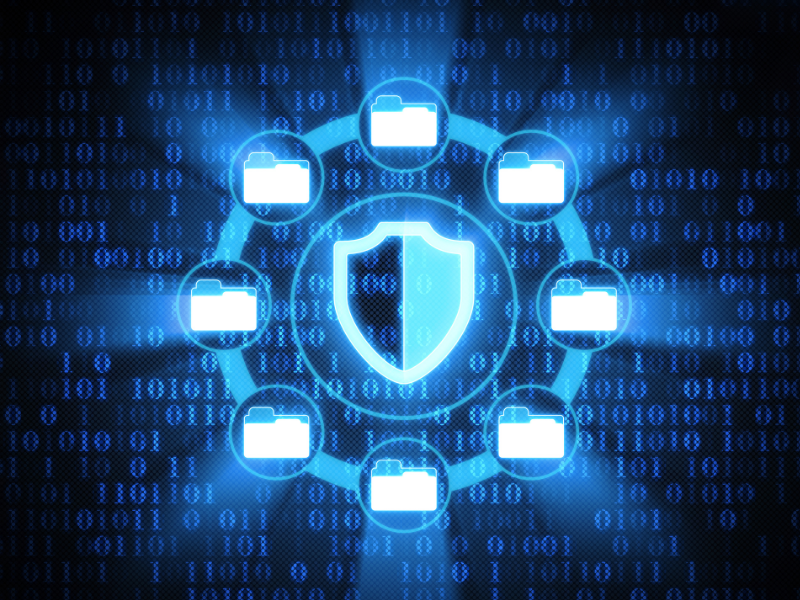
- Threat Detection: Identify potential security risks using AI, machine learning, and real-time analytics.
- Access Management: Implement role-based access controls for physical and digital resources.
- Incident Logging: Track all security-related events and maintain detailed logs.
- Real-Time Monitoring: Continuously monitor security systems, such as surveillance cameras and alarms.
- Automation Workflows: Automate responses to threats, such as triggering alarms or locking down areas.
- Data Encryption: Secure sensitive information with robust encryption protocols.
- Compliance Auditing: Ensure ongoing adherence to regulatory standards through automated audits.
- Reporting and Analytics: Generate detailed reports on security performance and incidents for management review.
This workflow ensures a seamless, proactive approach to organizational security management.
Security Management Software | Safeguard Your Business Operations
Protect your business with advanced Security Management Software. Monitor threats, ensure compliance, and secure assets with real-time alerts and risk mitigation tools.
Latest News
Security Management Software FAQs
Frequently Asked Questions about Security Management Software
